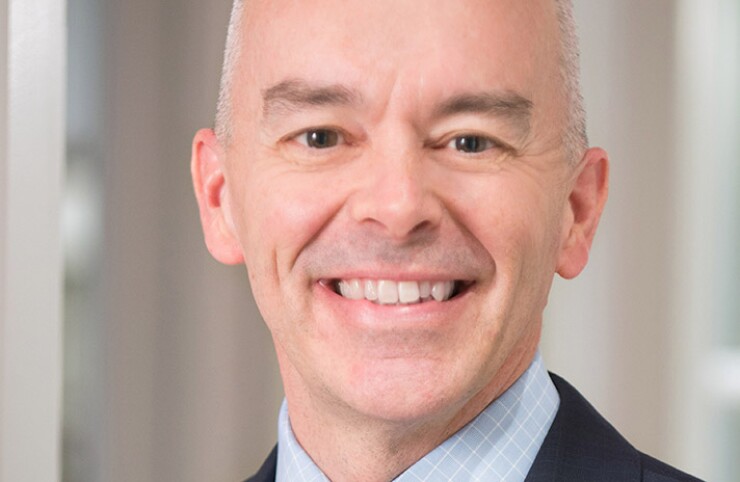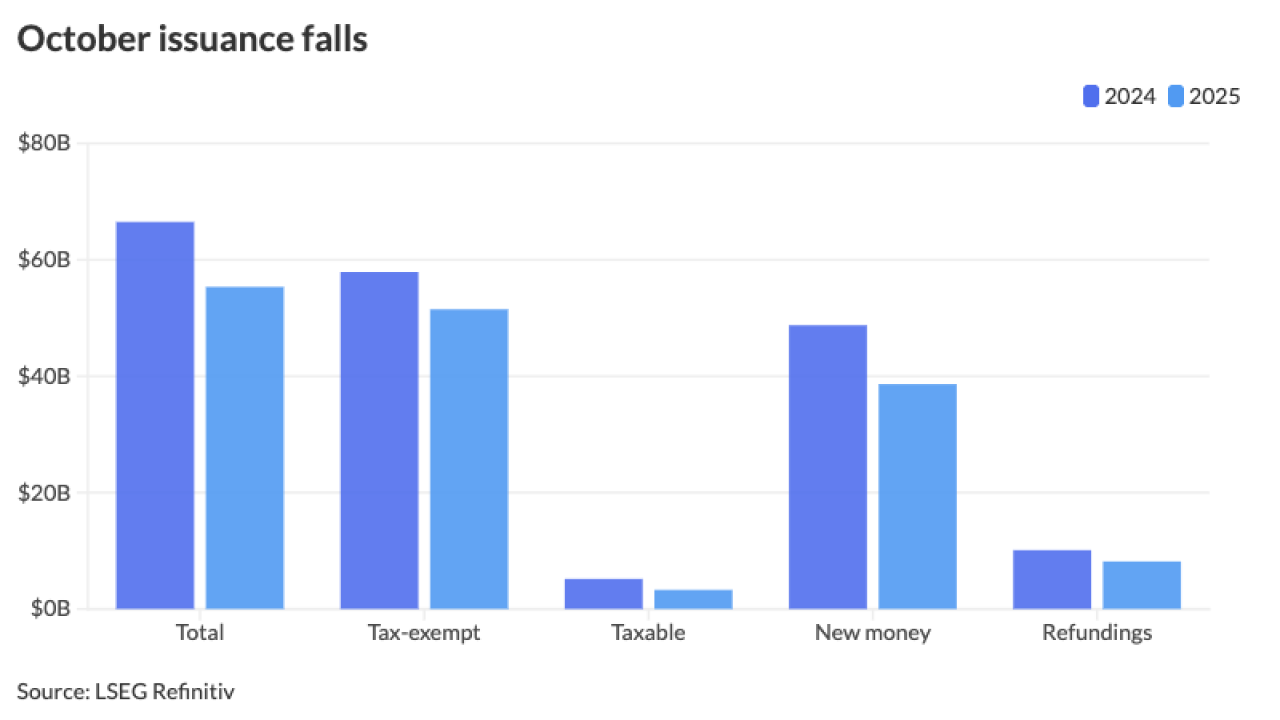
The Federal Open Market Committee is expected to
FHN Financial Chief Economist Chris Low said "The FOMC should cut rates" at this meeting, "but we don't think it will."
While governors Chris Waller and Michelle Bowman are in favor of cutting rates at this meeting, he said, "even if 'maybes' vote in favor, we think they will still fall short. Instead, watch for Chair [Jerome] Powell to use the press conference to prep markets for a cut in September."
Since there is no Summary of Economic Projections associated with this meeting, "that would normally mean not much to look forward to," Low said. "But because there is a group within the FOMC advocating a rate cut … and the majority of the FOMC still expects at least two cuts this year, the discussion is likely to shift in important ways," culminating with "Powell using his press conference to signal a September cut."
Waller said "inflation is low and falling," while "tariffs have not yet resulted in material inflation, and if they do, there is nothing in economic theory suggesting a tax hike of any kind, including tariffs, causes lasting inflation," Low noted. When "weakness in employment, especially private-sector job growth," is added, Waller "believes this threat justifies an immediate cut," Low added.
Bowman said slower employment growth, low inflation and the fed funds rate being "well above neutral" are reasons to cut now, Low noted.
Still, he said, "we could also see two governors dissent for the first time since Alan Greenspan was chair in 1993."
Last year, the Fed started the current easing cycle with a 50-basis-point cut in September, Low noted. "The same thing could happen this year."
But the Fed wants to be flexible, said Wells Fargo Investment Institute Global Fixed Income Strategist Luis Alvarado.
"In our view, the Fed will remain on hold until 'hard data' begins to confirm the slow-down story," he said. "We believe the Fed will have the opportunity to cut rates later in the year if the economy slows and as long as inflation allows."
Although Waller and Bowman want to cut rates at this meeting, Alvarado said, "the rest of the Fed speakers including Chair Powell all mentioned that they still needed to wait and see what was going to happen with inflation after new (updated) tariffs are implemented."
Despite President Trump's push for lower rates, the Fed will not be influenced by a "shadow Fed chair," Alvarado said. "We are skeptical that a prospective Fed chair who is sympathetic to the administration's pressure will be able to have the Committee rally behind him."
While the market is pricing in four or five cuts by the end of 2026, he said his expectation is one or two, "but only if growth slows and if inflation allows."

Still, Pzegeo said, it wouldn't be surprising to see talk of "lower levels of uncertainty as a way to set the table for a September rate cut. The date of the meeting falls before the implementation date for the next
The meeting should be uneventful, as nothing has occurred to shake the panel from a "wait-and-see" mode, said
There should be "no policy changes, no substantive alterations to the statement, no SEP update, and no major change in rhetoric from Powell," he said. "The only interesting topic of discussion for the statement is the possibility for dissents."
He expects the next cut will come "in December and 25bp cuts at each subsequent meeting until July 2026 (i.e., a terminal rate of 2.75%-3.00%)."
The Fed can wait since labor market data has been better than expected, Gwinn said.
Morgan Stanley researchers also expect the Fed to stay in "wait-and-see" mode. "We think Chair Powell will remain balanced, acknowledging both upside risks to inflation and the projections for rate cuts later this year.
They see Waller and Bowman dissenting in the decision to hold rates.
"The Fed needs more time to determine how the economy is evolving versus its goals," they said. "We continue to forecast the economy will be further away from the Fed's price stability mandate than full employment and expect no rate cuts in 2025."
The Fed won't rush to ease following "strong retail sales and softer-than-expected core CPI for June," said Subadra Rajappa, head of U.S. rates strategy at Societe Generale.
"Although the
"With the June employment and wage gains more positive than expected, and the unemployment rate dropping back to 4.1%, it is hard to see a case where the Fed needs to be pro-active in heading off a brewing labor market problem," said
While artificial intelligence adoption has shown signs of picking up, he said, it hasn't reached the level that would foster joblessness.
Higher prices related to tariffs have not kicked in yet, as retailers unload pre-tariff inventory, Skancke said, but "the June CPI showed early signs of higher tariffs driving prices higher, especially in imported goods like clothing, furniture and home electronics."
A division about rate cuts emerged in the previous FOMC meeting, with most officials still in wait-and-see mode, he noted. "The general view seems to be that the risks of elevated inflation are greater than the risks to employment."
Additionally, President Donald Trump pressuring the Fed — even visiting with Powell last week — "makes it even more difficult to" cut rates this meeting "without diminishing the independence of the Fed in setting monetary policy," Skancke said.

The Fed will remain in wait-and-see mode at this meeting, which meets market expectations, said Dimitri Silva, managing director and head of global rates and currency at Reams Asset Management.
Tariffs are the big issue, and for now, those costs "are likely being paid by either the U.S. consumer or U.S. companies," he said. It will take "about six months for import prices to actually pass through to CPI."
That's why the Fed continues to wait for additional data, Silva said. The Fed should be able to make the two cuts projected by yearend, he said.
Expect "consistent messaging" in the statement. "I don't think they want to front run anything, because they want the data right," Silva said. "They want to see how the data unfolds."
Officials will eye inflation expectations for significant changes, he said.
It won't be difficult for the Fed to reach a consensus, although a dissent or two is possible, he said, "but I don't think the market should view that as being problematic," Silva added.
Inflation will be further from the Fed's goal than employment by yearend, said David Kelly, chief global strategist at J.P. Morgan Asset Management. "Moreover, we are starting from a place where monetary policy isn't tight by historical standards," which makes it difficult to ease at this meeting, he said. But there could be two dissents.
"Given the economic outlook, if this Wednesday's decision includes two dovish dissents and if, as the markets have priced in, the Fed cuts in September despite rising inflation, it could well be taken as evidence that the Fed is already bending to the administration's will, even without explicit action from the president," Kelly said. "However, global financial markets might shrug this off, concluding that this was just a pragmatic decision of an independent Fed trying to maintain its position by bending so it doesn't break."





